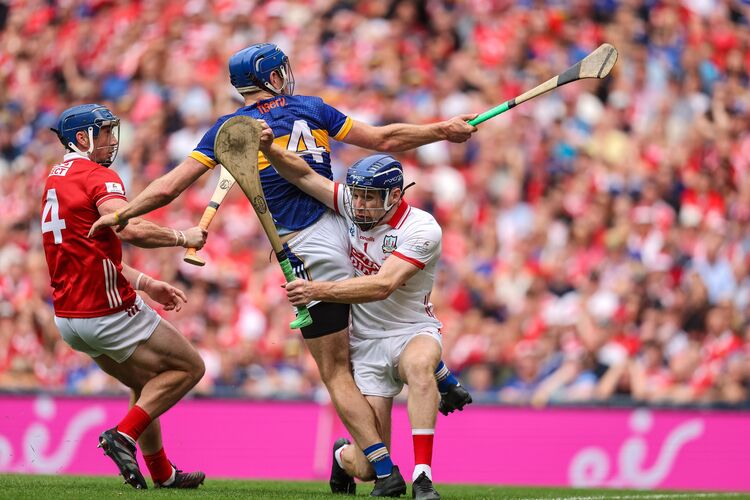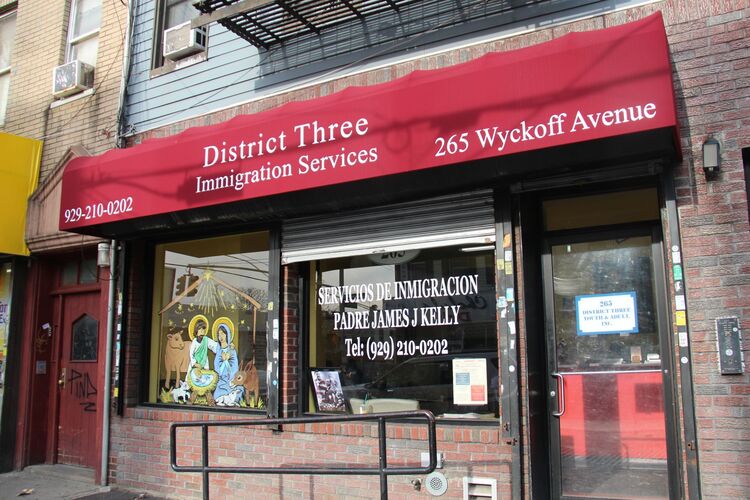Between the Lines / By Peter McDermott
The New Orleans Connection/Part 1
NEW ORLEANS -- Last year I was invited to attend the annual gathering of the Gerontological Society of America in San Diego. I was grateful for the invitation back to this year’s annual conference, which was held in New Orleans. That’s how in from Nov. 20-24, when the world was focused on Dallas, I was booked into a hotel room high above the corner where, in August 1963, Lee Harvey Oswald got into a street altercation with the Havana-born Carlos Bringuier.
New Orleans is the second city of the story of the Kennedy assassination and as you’d expect the Times-Picayune had lots of interesting coverage.
On Wednesday, the 20th, for example, there was a feature on Oswald’s various homes in the city where he was born and lived for extended periods. On Friday, the anniversary itself, the paper had two long, interesting articles. One was an interview with the only man to face Oswald in court -- and in radio debate -- the now 79-year-old Bringuier, the son of a judge who had fled to Argentina after Castro’s accession to power.
The other was an equally fascinating piece about Clay Shaw, the only man charged with Kennedy’s murder. The local businessman, known for his renovation of properties in the French Quarter was prosecuted – persecuted, locals say, thanks to trumped-up scarcely believable evidence --- by the hero of Oliver Stone’s “JFK,” D.A. Jim Garrison.
The Big Easy is the only major U.S. city without a daily paper. The Times-Picayune is now published only every other day and the main reason is that most of us have the world’s news outlets at our fingertips.
In New Orleans, I saw on my laptop “November 22, 1963,” a 14-minute New York Times video, or “Op-Doc,” by Oscar-winner Errol Morris, arguably the nation’s best-known documentarian. It was an interview with Josiah Thompson, who in “Umbrella Man,” a 2011 Op-Doc, had explained to him that the only person photographed holding an umbrella over his head in Dallas on the tragic day 50 years ago was making a point rather than firing at the president, as some “wingnuts,” he recalled, had posited.
Morris’s profile was one of the more fascinating things available during the anniversary coverage. It was remarkably affecting, thanks in part to the brilliant use of the music of Philip Glass.
“A brief résumé,” Morris wrote in an accompanying article, “Josiah ‘Tink’ Thompson, the subject of this Op-Doc, graduated from Yale in 1957, became a demolitions expert and frogman for the Navy, and then returned to Yale to get his Ph.D. on the Danish philosopher Soren Kierkegaard.”
He was a professor when his “Six Seconds in Dallas,” one of the first serious books to challenge the Warren Commission report, was published in 1967.
“Short, simple and quietly convincing, it is still one of the best books written about the assassination,” the filmmaker said.
Thompson, who abandoned his academic career in the 1970s to become a private investigator in California, is finishing a new book to be called “Last Second in Dallas.”
Morris said it’s not likely to move anybody. “Most people have already staked out their commitment,” he said.
Several commenters on the video were upset at the Times for giving any space to a conspiracy theorist. (It seems, though, Thompson does believe that the president was fatally wounded by bullet that was fired from behind him and he doesn’t dispute that Oswald was responsible.)
The New York Times’ Dan Barry got flak from the other side, he revealed in a column on Aug. 17 (a half century to the day, as it happened, that Oswald explained himself at length on New Orleans’ WDSU-Radio) because the previous week he had failed to put the word “alleged” before “assassin” when referring to the man shot by Jack Ruby. In that second column, “No Stranger to Conspiracy,” he said that he was raised on this stuff and that he and his siblings, because of their dad’s obsession, were as familiar with the Zapruder film as with any movie from Disney.
“As time moved on, though, my questions about the Kennedy assassination gave in to a general acceptance that Oswald had acted alone,” Barry wrote. “Probably.”
It’s a position I hold myself, some days. The “probably” is an important qualification, certainly with regard to the “alone” part. The case against the New Orleans native was powerful from the beginning, but this is also a guy who bumped into a lot of people in the last months of his life.
I’ve only ever read two conspiracy-minded books, both of them written by mainstream journalists: Anthony Summers’s “Conspiracy” (updated as “Not in Your Lifetime”) and “Brothers” by David Talbot. Both are interesting more for the tantalizing leads they offer than for any hard evidence produced.
Indeed, Summers, an ex-BBC reporter long resident in rural Ireland, has always allowed that it’s quite possible that Oswald acted alone.
The late novelist Norman Mailer, a Summers fan, spent years looking for a conspiracy, and then finally decided he couldn’t make one work in his head. Instead in a biography he looked for the solution to the mystery inside Oswald’s head. But in a letter to the Times he co-signed with Summers and Talbot not long before he died in 2007, he made it clear that it was perfectly reasonable to believe that there more than one person was involved.
One might add that while Mailer didn’t believe in a conspiracy, he was still advancing a theory.
More next week.







